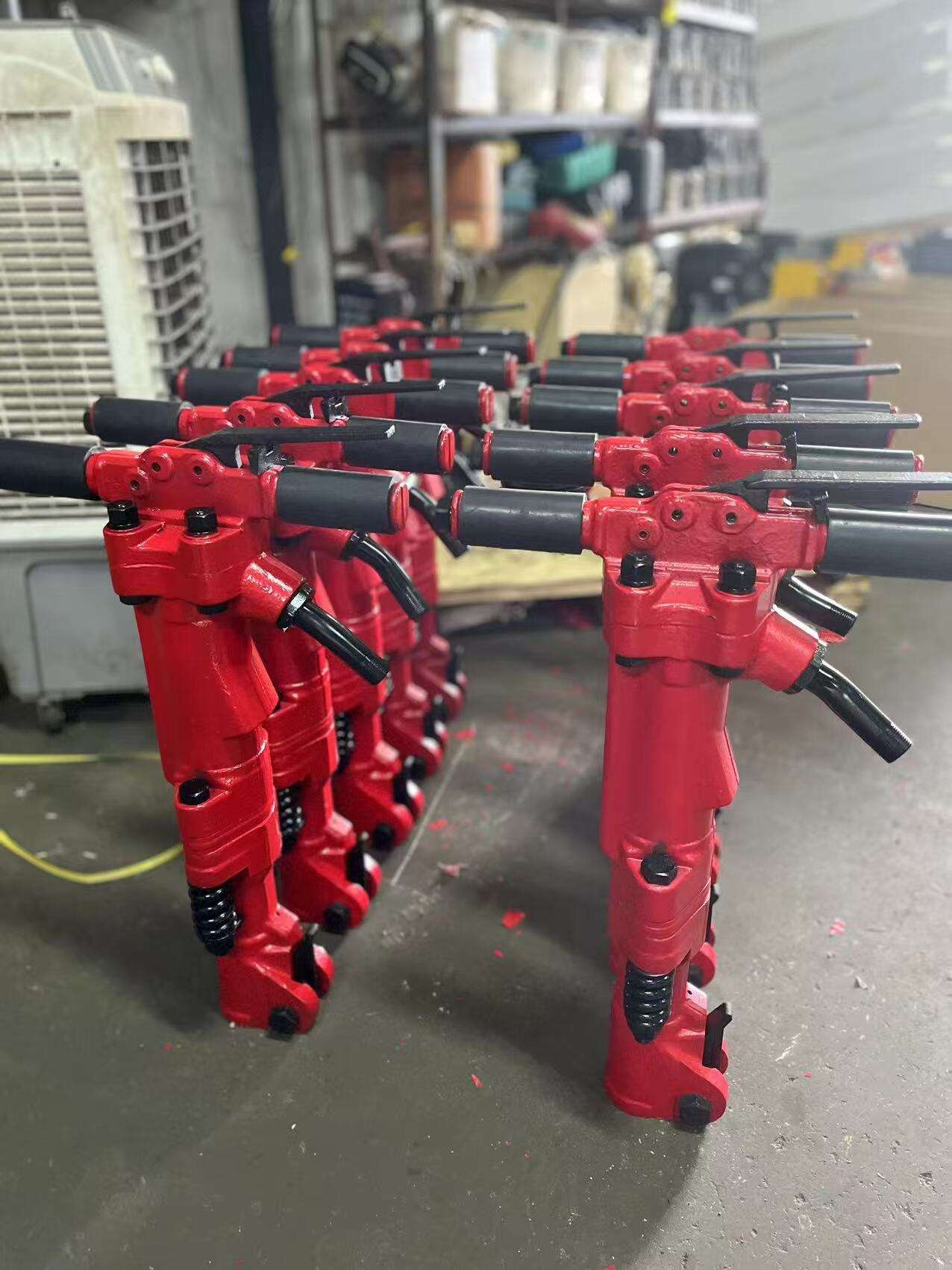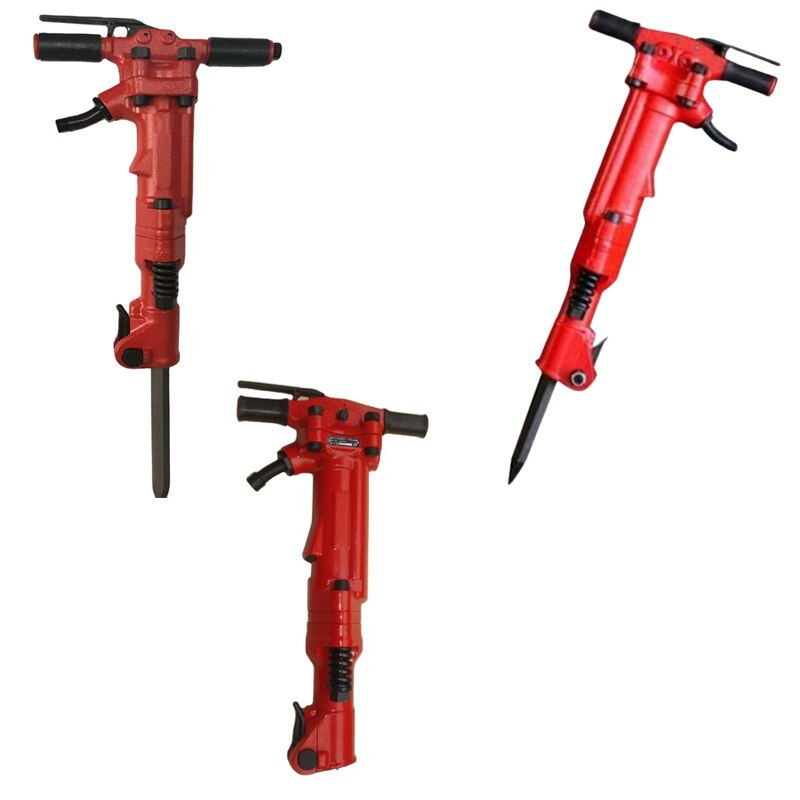Contact Info
FIRST FLOOR OF BUILDING 4, NO.1 TIELING NORTH ROAD, JINGXI, MINHOU, FUZHOU, CHINA
New York.

Pneumatic rock breakers serve an important purpose in construction and mining. They break down large rocks into smaller fragments through the use of powerful impacts from compressed air. Breakers can be divided into handheld versions and heavy machinery mounted versions. Handheld pneumatic rock breakers are ideal for small scale operations. Mounted versions are used to improve efficiency for large scale rock breaking activities in construction and mining projects
